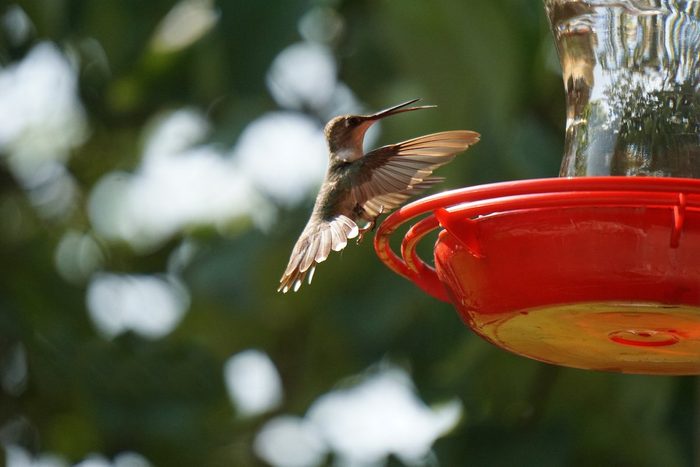
Hummingbird Mixture for Feeders
Birds & Blooms readers submit a lot of questions about making a homemade hummingbird mixture for their feeders. The expert advice never changes—to make hummingbird sugar water, mix up a ratio of four parts water to one part white sugar. It’s always best not to change this recipe. Other sweeteners could spoil quickly. Some could even be harmful to birds! Here are 8 ingredients you should leave out of your hummingbird mixture.
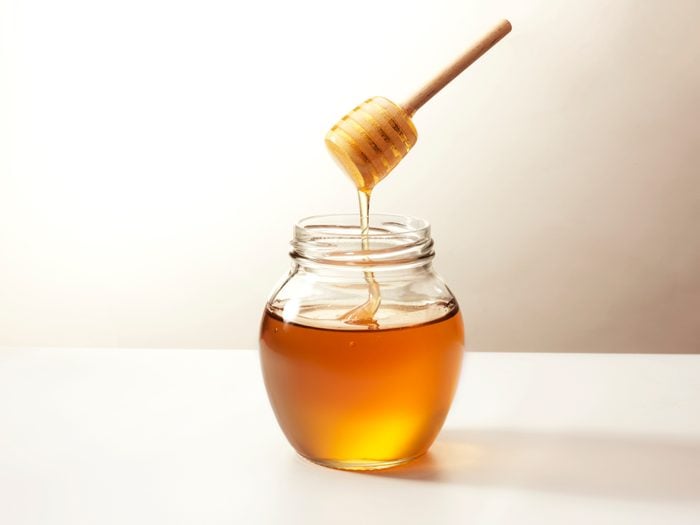
Honey
Is honey bad for hummingbirds? Honey is a common stand-in for table sugar in homemade hummingbird mixtures, but it’s a poor choice for many reasons. Honey can ferment and grow mold quickly. Plus, honey is very sticky, which could put the birds at risk if it gets on their feathers.
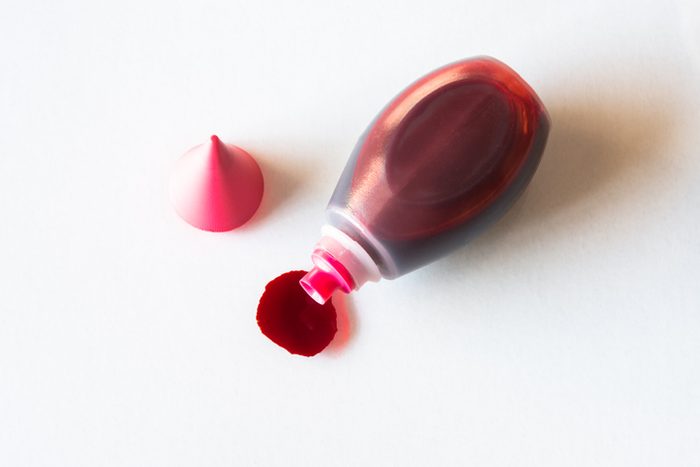
Red Dye or Food Coloring
You’ve probably seen many hummingbird feeders filled with red colored water. If this is you, it’s time to break the habit. We know that hummingbirds see the color red very well, and they are particularly drawn to red colored flowers. However, please resist the urge to add food coloring or other dyes into your hummingbird mixture. It is not necessary to catch their attention and the artificial colors may even be harmful. Choose a feeder with red accents instead.
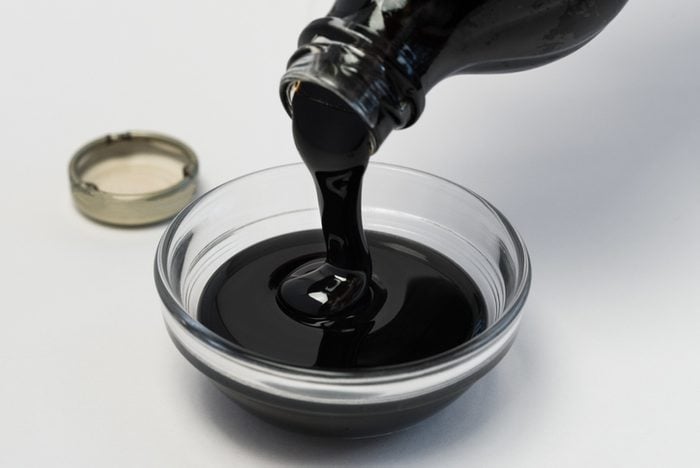
Molasses
Molasses is an ingredient in brown sugar and it is used to add flavor to a variety of recipes, from baked beans to marinades. Just like honey, this sticky substance is no good for your tiny fliers. And according to Audubon, molasses is high in iron, which could even be fatal for hummingbirds. Learn how to create an ideal hummingbird habitat.
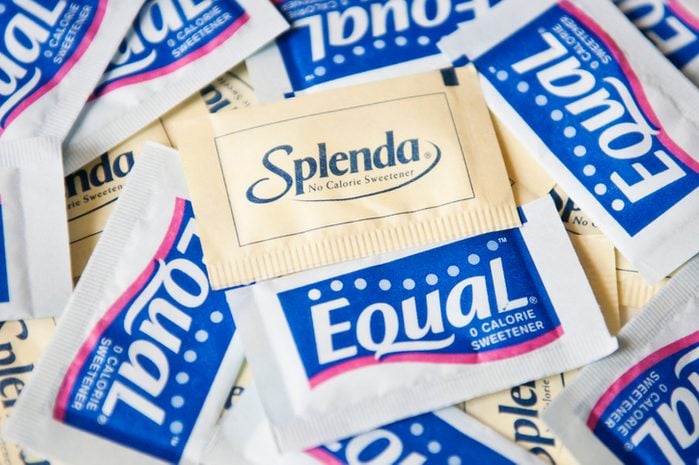
Artificial Sweeteners
Only use real white table sugar in your hummingbird mixture. Sugar substitutes such as Equal or Splenda won’t give hummingbirds the energy they need for all of that fast flying and hovering.
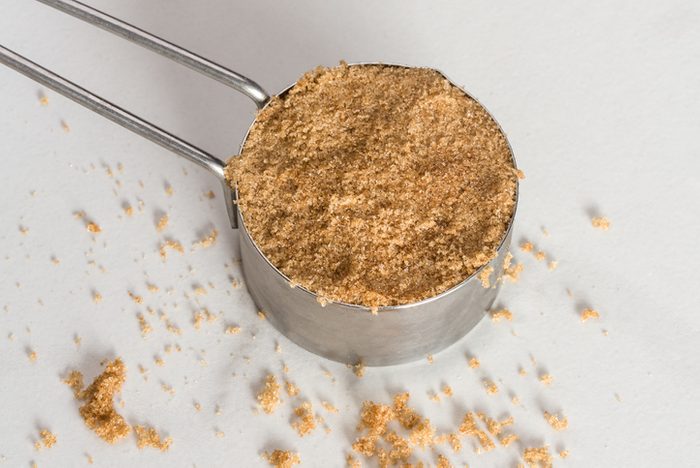
Brown Sugar
We love to use brown sugar to sweeten up home-baked cookies and oatmeal, but don’t use it to feed hummingbirds. Avoid both dark brown sugar and light brown sugar, which are made with molasses. Discover 17 jaw-dropping facts about hummingbirds.
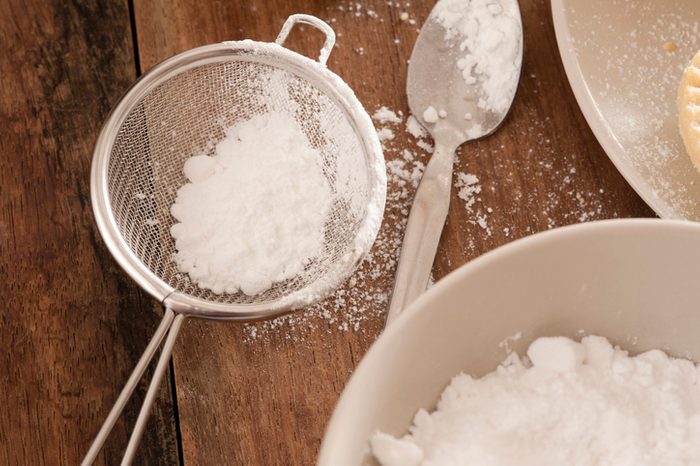
Powdered Sugar
If you run out of plain white sugar, you might think powdered sugar is a good substitute. But steer clear because powdered sugar contains cornstarch. How do hummingbirds find feeders?
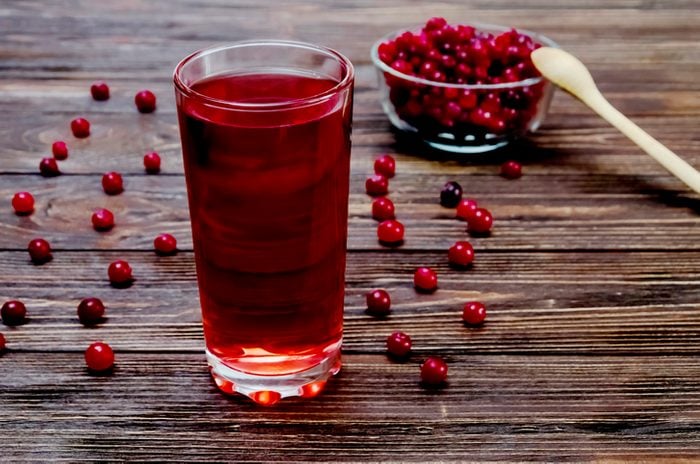
Fruit Juice
We already told you to skip adding red dye to your sugar water. You definitely should not feed hummingbirds red fruit juice, either. Many packaged juices are full of artificial sweeteners and other additives. Some can be very acidic. Plus, juice is sure to attract ants. Birding experts Kenn and Kimberly Kaufman also advise against leaving leftover fruit, such as watermelon, out for hummingbirds to eat. Over-ripe fruit ferments quickly, which could do harm. “Watermelon and other natural juices are likely to ferment or spoil rapidly and are not recommended,” the Kaufmans say. “For the health of the hummingbirds, it’s best to stick with simple sugar water and avoid experimenting with other items.” Get more expert tips on how to attract hummingbirds.
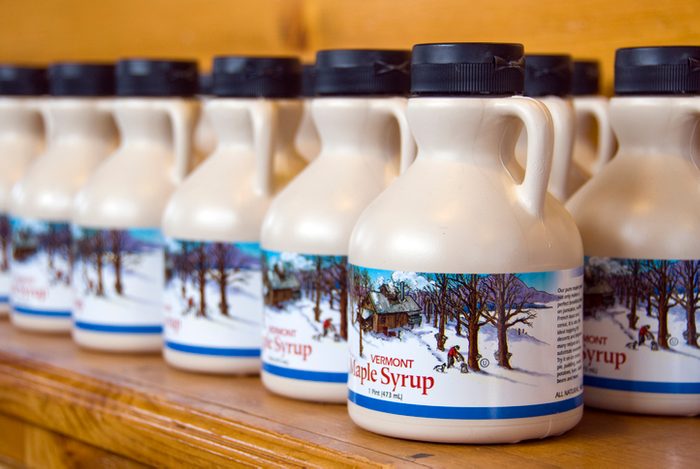
Maple Syrup
Some birds like sapsuckers have been known to drill holes in maple trees in spring to get to the sweet sap inside. Hummingbirds may be drawn to these holes to forage for insects, which provide a valuable source of protein in their diet. But save the maple syrup for your pancakes, not for your hummingbird mixture. Psst—did you know orioles like to eat grape jelly?
